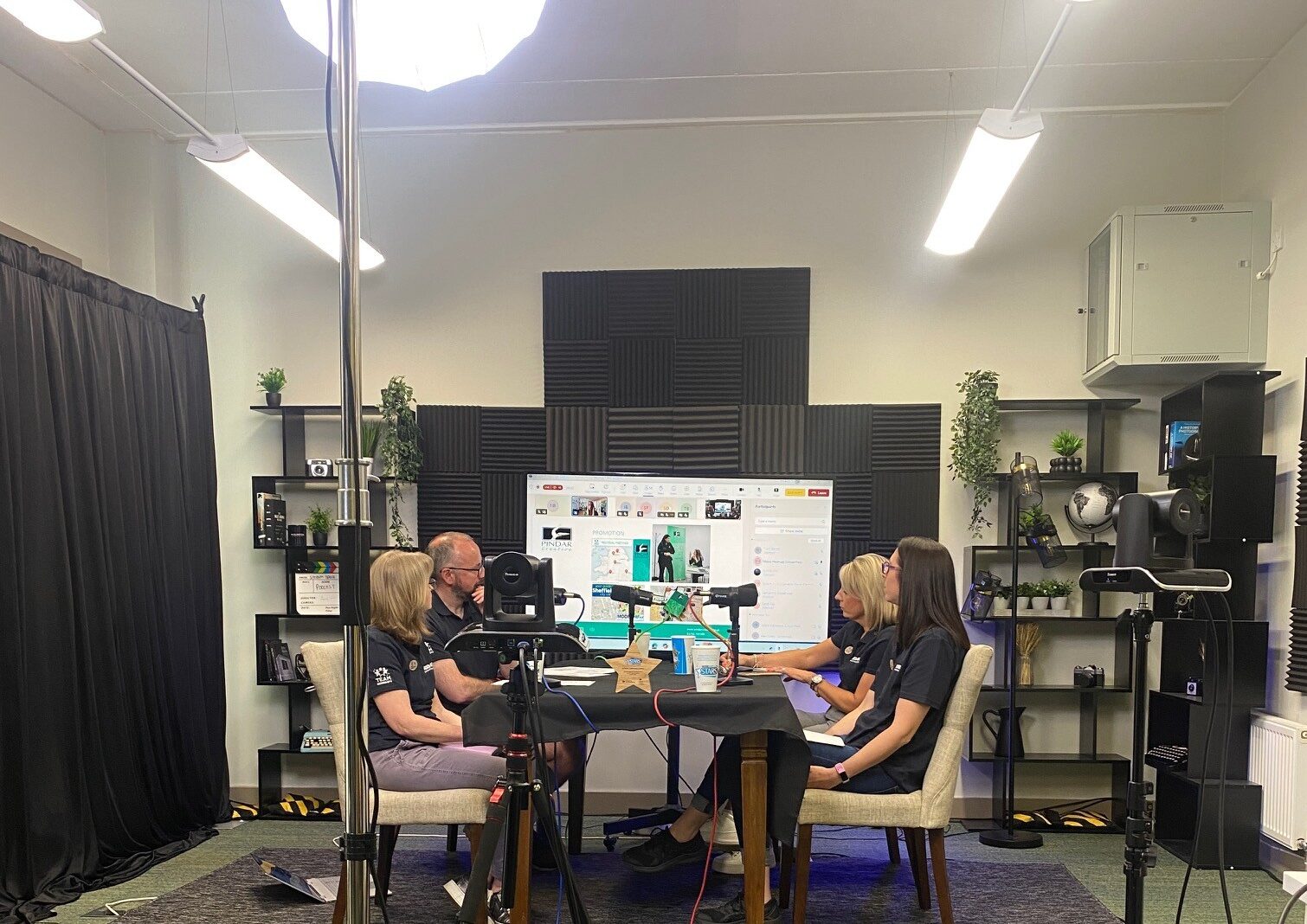Wheels for Wellbeing mark Disability History Month with launch of photobank of images of Disabled cyclists
Wheels for Wellbeing – Press release
Disabled people are often invisible from the historical record and nowhere is this more true than in cycling.
For example, did you know the cycle was invented in the mid Seventeenth Century by Stephan Farffler, a Disabled man, who designed and built his own handcycle well over a century before the Penny Farthing or modern bicycle was made?
Imagery is essential in ensuring that Disabled people are recognized and included within cycling and active travel policy and infrastructure. Until Wheels for Wellbeing started pointing this out, Disabled people never appeared in cycling related imagery. This resulted in a cycle(!) of disability exclusion and invisibility, with many a decision maker or traffic engineer telling Wheels for Wellbeing staff that they’d “never seen a Disabled cyclist”. Wheels for Wellbeing wants to ensure there is good quality, genuine representation of Disabled cyclists, freely available for everyone to use. To this end, today and supported by Active Travel England, the charity is launching its photobank of images of Disabled cyclists.
Chris Boardman, Active Travel Commissioner said: “Active Travel England is proud to have supported this work. With a wide choice of great images in the Wheels for Wellbeing photobank, there are now no more excuses for failure to represent the diversity of cyclists and cycles. I would urge anyone working in Active Travel to sign up and start using this free and easy to use resource”.
Isabelle Clement, Director of Wheels for Wellbeing said: “We are proud to launch our photobank of Disabled cyclists to mark Disability History Month. We want to right the wrongs of the recent and distant past that have made Disabled people invisible in cycling (as in so many other aspects of life). We are making available an array of wonderful images of Disabled people cycling all different types of cycles in all kinds of different locations* – and weather conditions! We can’t wait to see these images in use, transforming perceptions about Disabled people and cycling and helping to create more inclusive policy and infrastructure.”
For further information please contact [email protected]



































